Panasonic Lumix DMC-GF1 Review
Panasonic Lumix DMC-GF1
Is this the first real compact alternative to a digital SLR?
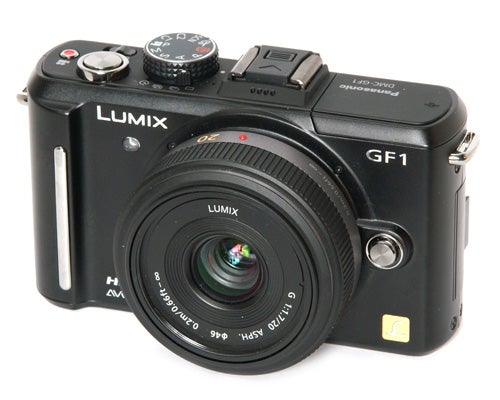
Verdict
Key Specifications
- Review Price: £699.00
Within the digital cameras industry there are certain concepts that circulate as memes; everyone seems to to agree that they’re a really good idea and just what everybody wants, but nobody seems to know exactly why or where the idea originated. One of these ideas that’s been kicking around for at least the past ten years is the notion that digital SLR camera systems are far too big and bulky, and that what people really want is an alternative that offers all of the versatility and image quality of a DLSR but in a much smaller and lighter format. Over the years many cameras have been acclaimed as the embodiment of this concept, mostly advanced super-zooms or bridge cameras, or compact cameras with manual exposure controls. Some of them have been very good cameras in their own right, but all of them have fallen short of the mark for one reason or another.
Now however it looks like that elusive genuine DSLR-replacement might have finally arrived, in the compact and lightweight shape of the new Panasonic Lumix DMC-GF1. It’s the latest model in Panasonic’s revolutionary G Micro system, following the original Lumix G1 and the HD-video equipped Lumix GH1 which I reviewed last month. The system is based around the Micro Four Thirds sensor and lens mount pattern which Panasonic co-developed with Olympus, and which has also been seen on that company’s Pen E-P1 camera. It uses the same size 17.3 x 13mm Four Thirds sensor as found Olympus’ full sized digital SLRs, but does away with the bulky reflex mirror and optical viewfinder that have always been a feature of conventional SLR cameras.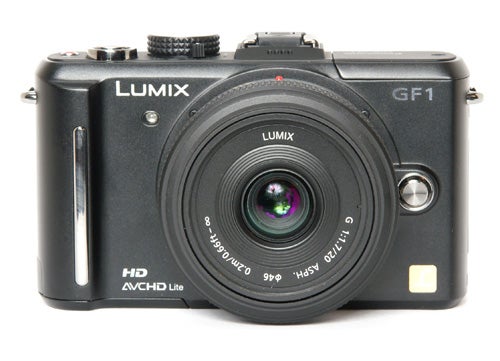
Comparisons between the GF1 and the Olympus E-P1 are inevitable. Both are examples of a type of camera that has yet to settle on a broadly accepted name, a relatively compact camera with a range of lightweight interchangeable lenses. A quick glance at the specifications of both cameras shows a number of similarities. Both use the same type of 17.3x13mm Four-Thirds Live MOS 12.1 megapixel sensor, both have (of course) the same lens mount, and both lack a built-in viewfinder, relying instead on a large three-inch monitor, although the GF1’s screen has double the resolution. Both cameras are within a couple of millimetres of being the same size, but the GF1 is 100g lighter, so perhaps has a stronger claim to being called the photographer’s compact camera.
Unlike the fashionable retro chic of the Olympus E-P1 the design of the GF1 is relatively understated, with a plain rectilinear shape reminiscent of a vintage rangefinder camera, something which will no doubt appeal to traditionalists for a few seconds before they start twitching and have to buy another Leica. In many ways the GF1 resembles a scaled up version of the widely acclaimed Lumix LX3. The shape and proportions are very similar, with the same top panel control layout, centrally mounted flash hot shoe and even a similar pop-up flash. The build quality is excellent, as we’ve come to expect from Panasonic, and the fit and finish are of a very high standard. Like other cameras in the G Micro series the GF1 is available in colours, specifically silver, red or the black shown here.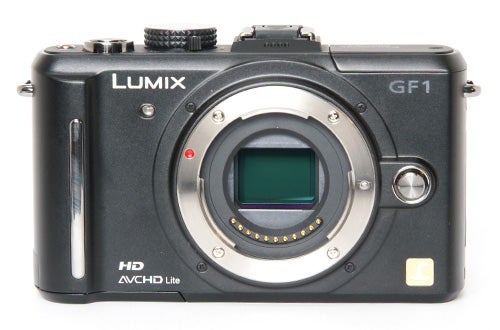
The rear panel control layout is frankly a bit of a mess, with an array of different shaped buttons scattered apparently at random across the back of the camera, but I actually rather like it. The important controls are in the right place, with an adjustment wheel under the thumb and the AE/AF lock button right next to it, and the rest are at least clearly labelled, well mounted and have a nice positive feel. To be perfectly honest the rectangular body with its small handgrip isn’t the most comfortable thing in the world to hold either, but it’s easy to forgive a few small handling quirks because the GF1 is great fun to use. It has that indefinable charm that makes you want to pick it up and start taking pictures. This is the sort of camera that people fall in love with.
The GF1 has many of the same features as the Olympus E-P1, but the implementation is slightly different. Both cameras feature 1280 x 720 HD video recording, but while the E-P1 has stereo audio through non-directional microphones, the GF1 has only mono audio and no provision for an external microphone, but offers a wider range of resolutions and frame rates, and records the result in the higher quality AVCHD Lite format. It can record video for up to 110 minutes at a time at maximum quality, although for some reason the type of lens used makes a slight difference to the recording time.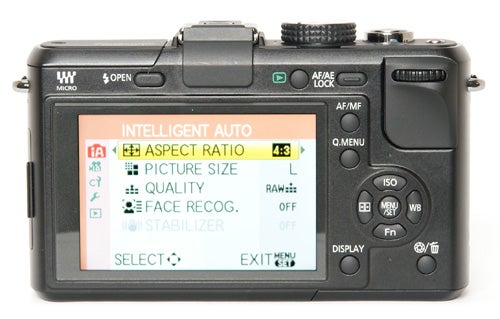
It’s worth pointing out that like the other models in the G Micro system the GF1 has no built-in image stabilisation. Most of the lenses in the system do features Panasonic’s acclaimed Mega OIS optical image stabilisation system, but the 20mm f/1.7 kit lens shown here does not. It’s not that much of a problem, because the wide angle and fast shutter speed help to eliminate blurring from camera shake, but it could be an issue with third-party lenses, if and when they appear. As to whether you can use Olympus lenses on the GF1, the answer seems to be a qualified yes, although nobody I’ve spoken to at either Olympus or Panasonic was prepared to state categorically that they would work. Other Four Thirds lenses and even Leica lenses can be used on the GF1 via optional adaptors. It’s pretty safe to say that the Panasonic Mega OIS won’t work if its lenses are used on the E-P1 though.
The GF1 is intended to offer photographers a real alternative to a digital SLR, so it also has to offer an SLR-like level of creative control. It has program auto, aperture and shutter priority and full manual exposure, with a range of shutter speeds from 1/4000th of a second to 60 seconds, with a B setting for longer exposures. The main creative tone control is the Film Mode, a series of pre-sets that can be set up in the menu and then selected via the quick menu. Each preset can be adjusted for contrast, sharpness, saturation and -unusually – noise reduction, with five adjustment steps for each parameter. The camera can record images in either SRGB or Adobe RGB colour spaces, and of course it has a Raw mode shooting uncompressed 14MB files.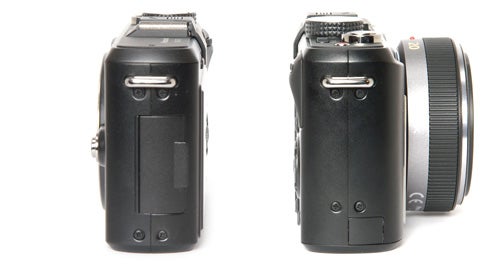
The menu system is quite complex, with a comprehensive “Quick menu” that cycles through every bit of the extremely thorough monitor data display and lets you adjust every parameter. You can even select whether you want the screen to display remaining video time or number of still shots remaining. As well as this there is a big main menu system, including both a custom menu and a customisable My Menu. The Fn button can also be customised for rapid access to one particular feature. The default setting is the Film Mode adjustments.
The video mode is a bit limited compared to the GH1, but is certainly superior to the majority of other digital compacts. There is a red button on the top panel that starts filming instantly in automatic mode, but there is also a program auto mode for video recording that allows a certain amount of creative control, including film mode, AF mode, metering mode and more. 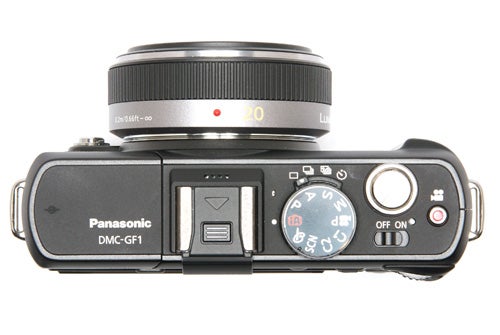
The range of lenses that are available for the G Micro system is currently quite limited, which might discourage some potential buyers, but the six lenses that are currently available are very good, and cover everything from wide angle to 400mm equivalent. The new f/1.7 20mm “pancake” lens (and yes I agree that’s a stupid name) is superb, with fantastic clarity and sharp corner-to-corner detail. I wasn’t able to get hold of a zoom lens in time for this review, but shooting with a prime lens is always fun, and it felt a lot like using one of my old 35mm SLRs with a fixed 50mm lens. Since I suspect that this is precisely the feeling Panasonic was aiming for with this lens and camera combination they’ve definitely succeeded.
In terms of performance the GF1 isn’t quite up to the standard of a top professional DSLR, but it is at least a match for most of the entry level models, and vastly superior to any compact camera. It starts up in a little over one second, but it does take around two and a half seconds to shut down again. In single shot mode it can maintain one shot a second, while in continuous shooting mode it can maintain three shots a second apparently indefinitely, with continuous focus, which isn’t at all bad by any standard.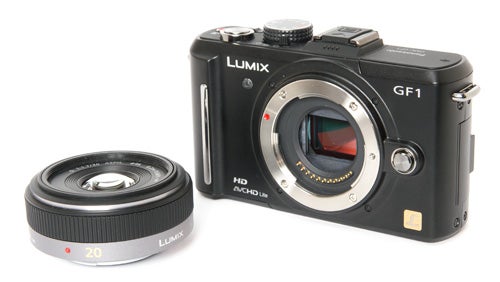
The GF1 has a 23-point contrast detection autofocus system with face detection and subject tracking, and in most circumstances it is extremely fast and accurate. Its low light focusing is excellent, with a good bright AF assist lamp that allows focusing in total darkness at a range of several metres. However close range focusing can be quite slow, with some hunting around followed by focusing on the wrong part of the subject. Fortunately the monitor is sharp enough for accurate manual focusing. The G Micro lenses have electro-mechanical manual focusing via a ring on the lens, and the monitor view instantly automatically magnifys as soon at the focus ring is moved to help with accurate manual focusing.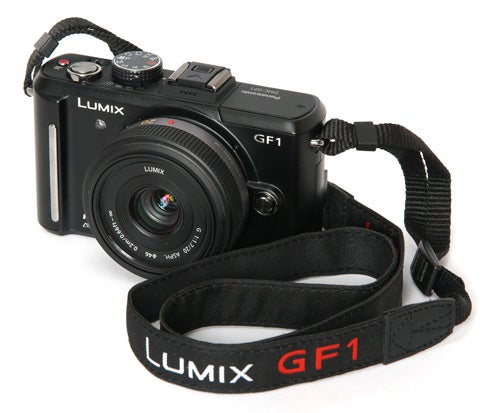
No cameras is going to qualify as an SLR replacement unless it can produce SLR-like image quality, but the GF1 has a couple of advantages over previous pretenders to the throne, in that it has an SLR-sized sensor and Leica lens technology. Looking at the test shots I took with the f/1.7 20mm lens I was immediately impressed by the pin-sharp corner-to-corner detail, with not a trace of either barrel distortion or chromatic aberration. Even shooting at maximum aperture the optical quality is absolutely superb. The Four Thirds sensor seems to be perfectly matched to it as well, producing outstanding shots despite the low light and long exposures.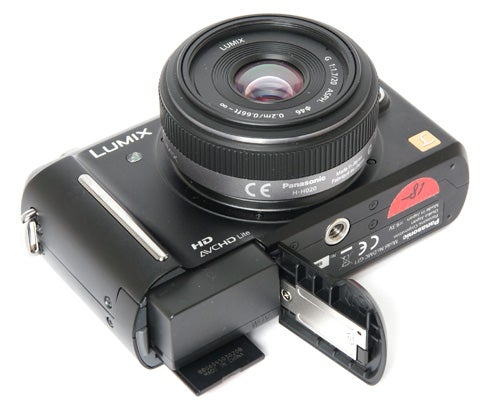
The Four Thirds system is now well proven over several generations of cameras, and the only remaining question is whether or not it can ever match a larger APS-C sensor for image noise control. If the GF1 is any evidence, the answer to that question is “yes”. Shooting log-exposure shots in low light at high IS settings is usually a sure recipe for chronic image noise, and some previous 4/3 cameras have stumbled at this particular hurdle, but the GF1 performed much better than I expected, producing virtually noise-free images at 800 ISO, which is what I would expect from a good APS-C digital SLR. See the accompanying sample shots to judge for yourself, but personally I would be very happy to use the GF1 in place of any current mid-range APS-powered digital SLR. As a more portable alternative to a DSLR it is a pleasure to use, performs well and produces great results. The only slight downside is its relatively high price, but it’s worth noting that thanks to its huge success in Japan the price of the Lumix G1 has already dropped to under £500 with a kit lens, so maybe the GF1 will follow suit.
”’Verdict”’
In the Lumix GF1 Panasonic has created a camera that I’m sure will come to be regarded as a classic. It really does offer comparable flexibility and image quality to a good digital SLR in a form that can slip into a jacket pocket. Build quality, performance and most importantly image quality are all of the highest order. If the price drops to the level that the G1 is at now then I would seriously buy one.
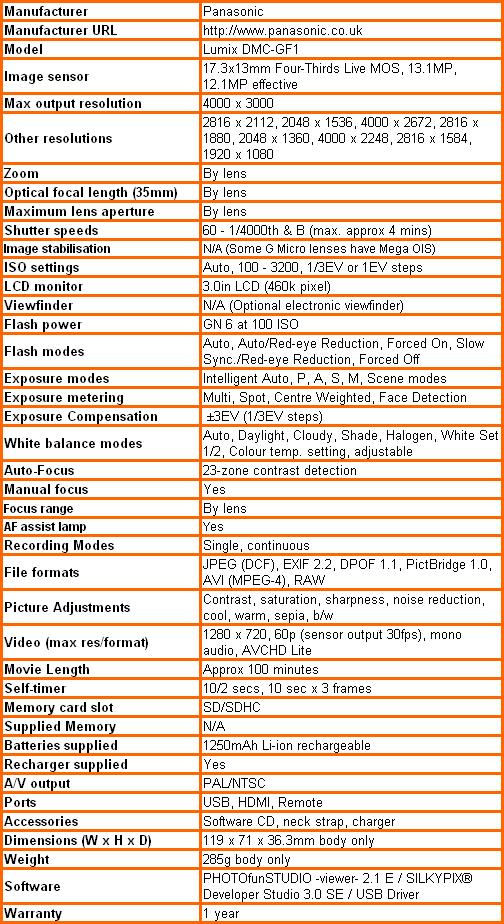
”Over the next few pages we show a range of test shots. On this page the full size image at the minimum and maximum ISO settings have been reduced to let you see the full image, and a series of full resolution crops have taken from original images at a range of ISO settings to show the overall image quality. These pictures were taken indoors using reflected natural light ”
—-
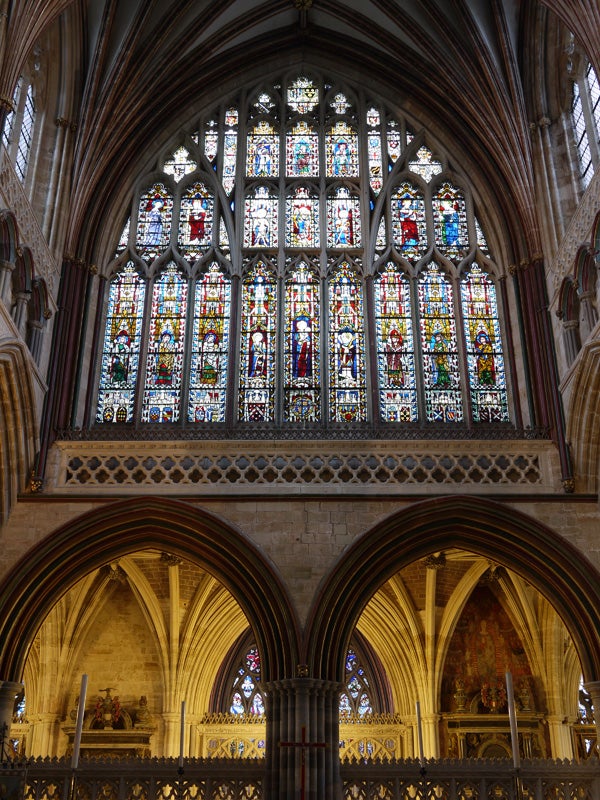
This is the full frame at 100 ISO.
—-

Despite the 1.3 second exposure at f/4 and ISO 100 there’s no noise in this shot.
—-

Still no noise at 200 ISO.
—-

400 ISO and all’s well. In these light levels most compacts would be having problems by now.
—-

Even at 800 ISO there is virtually no noise in this shot. 1/6th of a second, f/4.
—-

There is some colour noise visible at 1600 ISO, but the shot is still quite usable.
—-

Quite a lot of noise at 3200 ISO.
—-
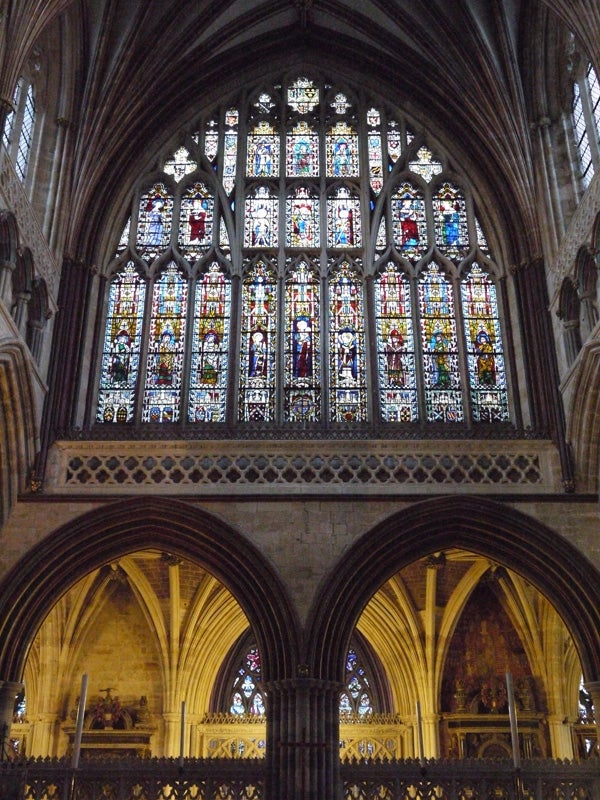
This is the full frame at 3200 ISO.
—-
”A range of general test shots are shown over the next two pages. In some cases, the full size image has been reduced for bandwidth purposes, and a crop taken from the original full resolution image has been placed below it to show the overall image quality. Some other pictures may be clicked to view the original full-size image. ”
—-

The 20mm kit lens is too wide for my standard test shot and doesn’t zoom, so I got a bit closer.
—-

The level of fine detail and contrast is as good as anything you’d expect from an APS-C DSLR.
—-
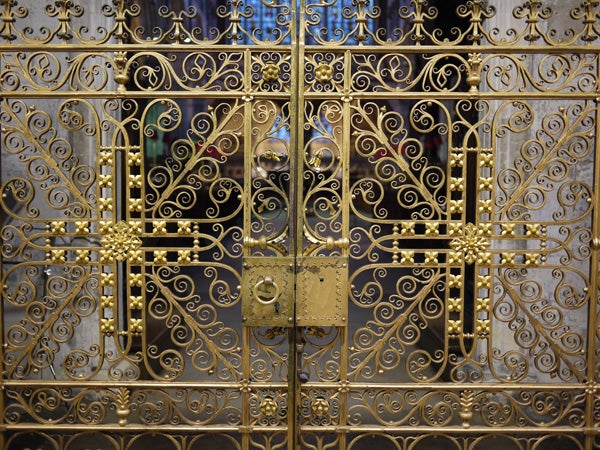
Despite its wide angle there’s no trace of distortion.
—-

Centre sharpness is excellent.
—-

Despite shooting at maximum aperture there’s no trace of chromatic aberration or corner blurring.
—-
”Here are some general test shots to help evaluate the camera’s overall image quality, including dynamic range, colour rendition and the zoom range of the lens. Some pictures may be clicked to download the full size original image. ”
—-
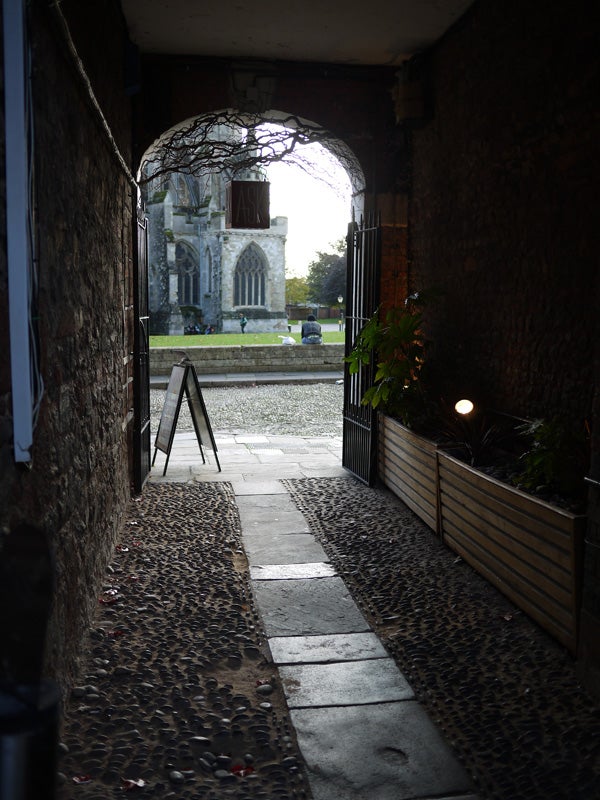
In standard mode the dynamic range isn’t brilliant, with dark shadows and burned out highlights.
—-
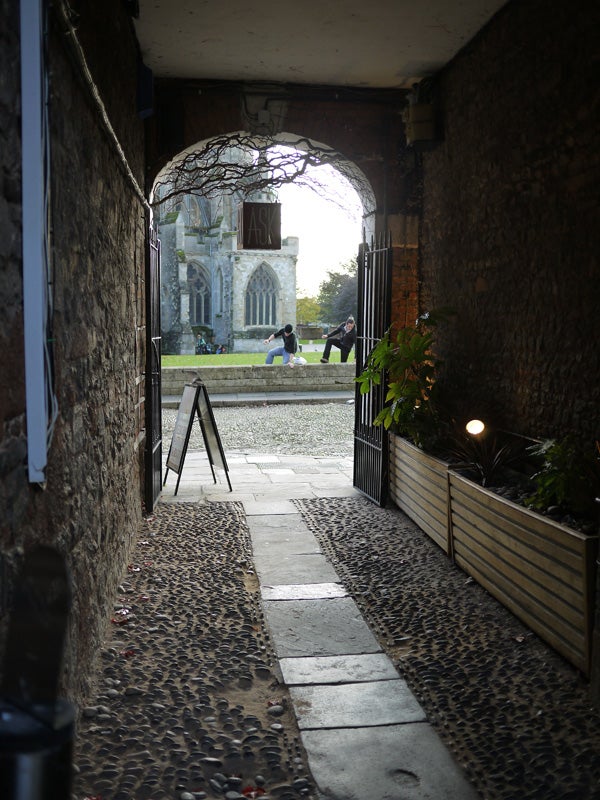
In intelligent auto mode there is more shadow detail and the highlights are better too.
—-

Vibrant monochrome mode adds contrast to this historic carving.
—-
Trusted Score
Score in detail
-
Value 9
-
Image Quality 10
-
Build Quality 10
Features
| Camera type | Micro Four Thirds |
| Megapixels (Megapixel) | 12.1 Megapixel |
| Optical Zoom (Times) | 3.2x |
| Image Sensor | CMOS |
| Image Stabilisation | Optical |
| LCD Monitor | 3 in |
| Flash modes | Auto Flash, Flash ON, Flash OFF, Red-eye Reduction, Accessory Shoe, Built-in Flash |
| Video (max res/format) | 1280 x 720 |
| Memory card slot | Secure Digital (SD) Card, Secure Digital High Capacity (SDHC) Card, SD Memory Card, SDHC Memory Card |

